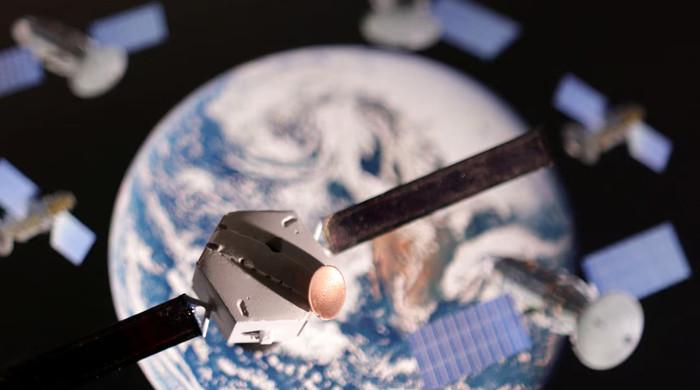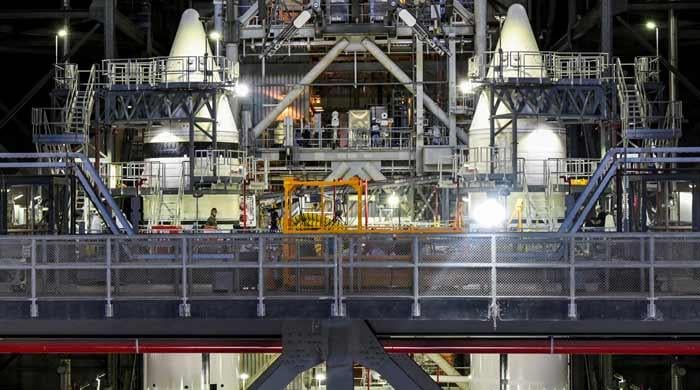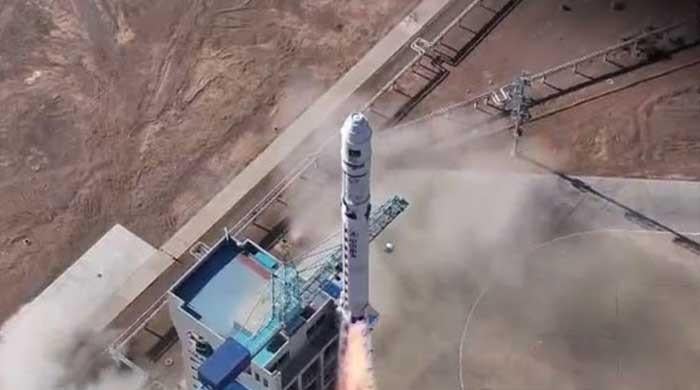Space missions to look forward to in 2025
From flurry of moon landing attempts to Juno's death swirl into Jupiter, 2025 is booked with exciting space missions
January 01, 2025

2025 has kicked off and with it, humanity is set to venture on an exciting and wide array of space missions.
The year is booked with a flurry of moon landing attempts in January and February, Juno's death swirls into Jupiter, SpaceX's Starship megarocket, sampling of near-Earth asteroid and much more.
Here is a look at some of the most exciting and coolest space missions coming in 2025:
Two moon landing attempts
Texas-based Firefly Aerospace will launch the “Ghost Riders in the Sky” in mid-January, which hopes to ferry a moon lander with 10 Nasa payloads.
The mission will head to Mons Latreille, a volcanic feature that was formed by volcanic eruptions on the natural satellite over 3 billion years ago, according to LiveScience.
Blue Ghost 1 is expected to operate during the daylight hours of one lunar day, roughly equalling 14 Earth days.

It will embark on a journey that will gather data about the moon's regolith, or rocky surface and how that rock interacts with the solar wind and Earth's magnetic field. Towards the end of the mission, it will also take images of the moon's sunset and collect data about what changes on the lunar surface at the time of dusk.
As for the Texas-based Intuitive Machine, they hope to land its IM-2 spacecraft south of the moon in February. The mission aims to measure the natural satellite's volatiles or delicate chemical compounds using a drill and mass spectrometer.
The spacecraft will also carry Lunar Trailblazer, a small satellite which is designed to map water deposits on the moon to help Nasa in selecting and identifying its future landing sites for its Artemis missions.
Juno to swirl to death into Jupiter
Nasa's Juno spacecraft has been diligently studying Jupiter and its moons since 2016. The mission had been extended previously but will finally breathe its last in September 2025 as the spacecraft is set to swirl into the gas giant.
It can only live if it survives Jupiter's intense radiation.

As per the mission plan, Juno's orbit will lessen gradually and will allow itself to be pulled into Jupiter's gravity and into its dense clouds.
The final hurl is set to last about 5.5 days and will ensure the spacecraft and any Earthly bacteria that may have travelled with it don't accidentally contaminate Jupiter's ice-crusted moon Europa, considered to be one of the best places in our solar system to find extraterrestrial life by our scientists.
Sampling from near-Earth asteroid
China is gearing up for a mission to scoop up pieces of a near-Earth asteroid, return the samples to Earth and then explore a comet deep into space.
The Tianwen-2 spacecraft which is scheduled to launch in May 2025, will rendezvous with 469219 Kamo'oalewa.

The spacecraft will conduct remote sensing observations to assess potential landing sites before it attempts to collect samples from the rock. The samples will then be transferred to Earth and then it will use the planet's gravity to fling itself into a seven-year deep space mission that will take it to the main-belt comet 311P/PANSTARRS in the 2030s.











